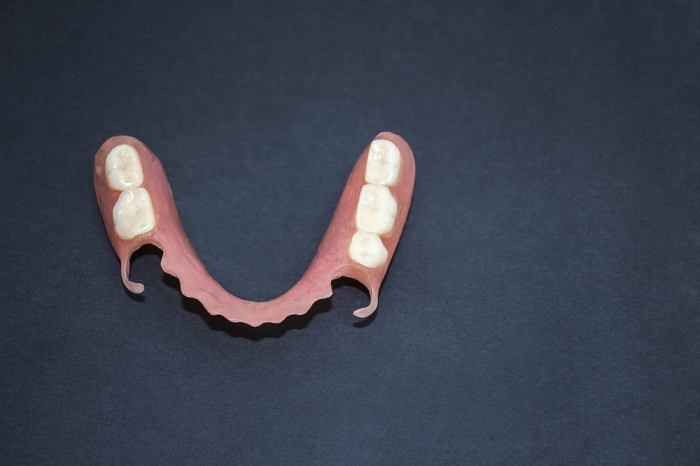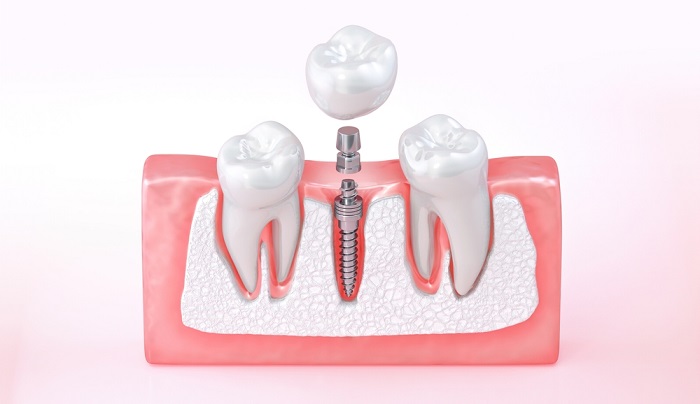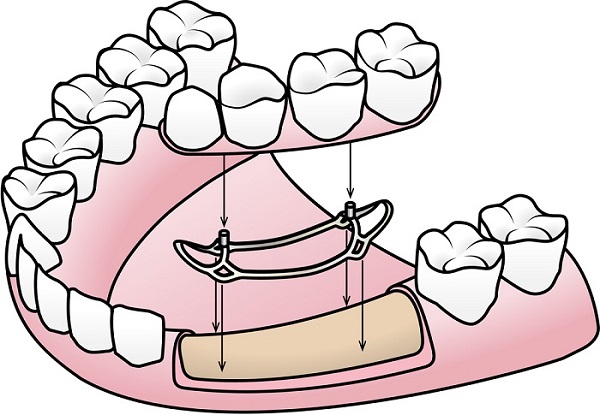The Complete Guide to Tooth Filling Cost in India: Understanding, Procedures, and Aftercare
- May 15, 2024
Tooth Filling: What Is It?
A tooth filling is a dental procedure that replaces lost tooth structure and tooth colour. It is also known as a restorative method. These fillings are available in various forms and materials. They heal damaged tooth structures caused by decay or fracture and improve your smile. Dental fillings prevent further tooth decay by filling in cavities. It is a type of dental care that helps to protect your oral health and save your teeth in the long run. Tooth fillings can close gaps in your teeth and make your smile better. The gaps can result from tooth decay, damaged teeth, or bad dental habits like teeth grinding or nail biting.
When is a tooth filling necessary?
The following conditions could need a tooth filling procedure:
-
Any decay or cavities in teeth
-
Patches or stains that are dark on the tooth's surface
-
Spaces in your teeth where food frequently becomes lodged.
-
Broken tooth
-
Tooth sensitivity brought on by hot or cold food or drinks
-
Teeth abrasions
-
Supra-erupted teeth
You can consult your dentist if you face any of the above problems. They will examine your tooth and advise a dental filling. They will provide you with expert guidance and the right kind of tooth filling for your case.
Procedure for Tooth Fillings:
A tooth filling will restore your tooth, its looks, and performance.
Here are the steps in the dental filling procedure:
The first step is a dental examination. Your dentist will examine your tooth and take an X-ray. The X-ray will help your dentist determine the extent of the tooth decay. Tooth fillings are the most effective method of repairing teeth with minor decays or fractures.
Your dentist will plan the entire treatment process depending on the extent of damage or decay. During the treatment, your dentist may or may not numb the surrounding tissue with local anaesthesia. They will prepare the damaged tooth and make it ready for the filling.
Your dentist will remove any debris or damaged tooth material using a laser or handpiece equipped with diamond-cutting burrs. The dentist will clean all the rotting or discoloured tooth structures.
They will isolate the tooth and do the filling based on your choice and the type of decay. Then, they polish the tooth to make it look smooth and even.
Which type of tooth filling Materials Are Used by Dentists?
Tooth fillings come in several varieties. The type of tooth-filling cement used depends on the extent of tooth decay. The cost may also differ based on the type of tooth filling used. Metal fillings may not be suitable for a patient with a metal allergy. The different types of dental fillings include:
-
Metal Fillings:
Metal fillings include gold or silver fillings. Gold fillings are more expensive than silver fillings due to the material cost. Most people choose to have gold fillings as they are strong. This is because gold fillings can bear chewing pressures and last for 10-15 years. They are expensive and are highly visible.
-
Amalgam Fillings:
This type of filling is made by combining silver alloy with mercury. They possess remarkable strength. Dental practitioners also prefer using this filling. However, amalgam filling may not be suitable for all teeth. They are visible, but they possess good strength.
-
Glass Ionomer Cement Filling:
Glass ionomer cement is made by mixing powder and liquid. It includes glass and quartz and is suitable for specific uses but is not very strong against heavy pressure.
-
Composite filling:
Composite tooth fillings consist of acrylic resin, glass or quartz particles, and tooth-coloured filling material. Composite resins can be altered to match your tooth's colour. This filling is used for chipped teeth, back teeth, and front teeth repair. It works by forming a solid connection with the structure of your teeth.
-
Porcelain filling:
This filling looks great and is the top choice for many people who want their teeth to look natural. It's prescribed for severe decay because it provides good coverage and lasts long. It's also good at resisting stains and wear. This filling is slightly more expensive than others.
How Much Does a Tooth Filling Cost?
The cost of dental fillings varies depending on the material's type and use.
The factors are listed below:
-
Type of dental filling.
-
Additional dental procedures before filling
-
The kind of substance utilized in dental fillings
-
Location (hospital or clinic)
-
If dental insurance is available or not
-
The number of teeth that need to be filled
In a private dental clinic, the cost of a standard dental filling might range from Rs. 800 to Rs. 2550. Composite fillings need a sophisticated process. It includes costly instruments and materials for filling. They may be more expensive than standard dental fillings.
How to Maintain Your Tooth Filling?
Your dentist can advise you to take care of them after the tooth-filling operation to make it last longer
-
Let the effect of anaesthesia fade away. Eat or chew after the numbness goes.
-
Wait until the numb effect wears off before consuming anything hot or cold.
-
You might feel some discomfort, but it should pass after a day or two.
-
Use the medicines your dentist advises if you feel tenderness or discomfort after the treatment.
-
Aim to avoid meals that are sticky and harsh on the teeth.
-
Use a mouth guard to protect your filling if you grind your teeth frequently.
You should see a dentist near you if you experience tooth sensitivity for a long time.
Keep good oral hygiene by using the right mouthwash and brushing, flossing, and regularly cleaning your teeth.


















































.jpg)
.jpg)
